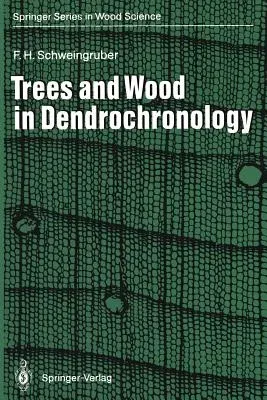Fritz H Schweingruber
(Author)Trees and Wood in Dendrochronology: Morphological, Anatomical, and Tree-Ring Analytical Characteristics of Trees Frequently Used in DendrochronologyPaperback - Softcover Reprint of the Original 1st 1993, 19 January 2012

Qty
1
Turbo
Ships in 2 - 3 days
In Stock
Free Delivery
Cash on Delivery
15 Days
Free Returns
Secure Checkout
Part of Series
Springer Wood Science
Part of Series
Springer Series in Wood Science
Print Length
402 pages
Language
English
Publisher
Springer
Date Published
19 Jan 2012
ISBN-10
3642771599
ISBN-13
9783642771590
Description
Product Details
Author:
Book Edition:
Softcover Reprint of the Original 1st 1993
Book Format:
Paperback
Country of Origin:
NL
Date Published:
19 January 2012
Dimensions:
23.39 x
15.6 x
2.16 cm
Genre:
Ecology
ISBN-10:
3642771599
ISBN-13:
9783642771590
Language:
English
Location:
Berlin, Heidelberg
Pages:
402
Publisher:
Weight:
580.6 gm

